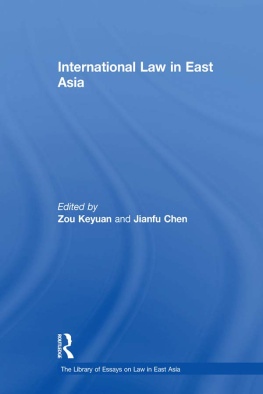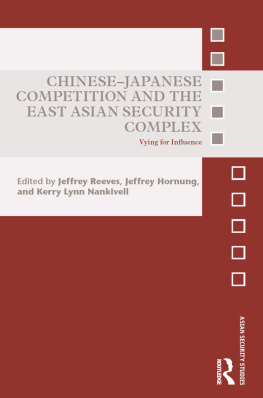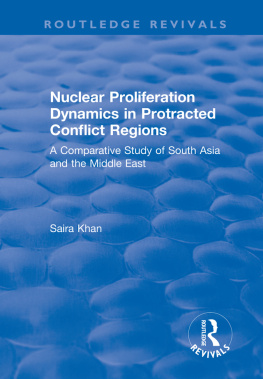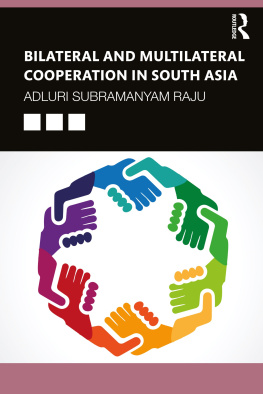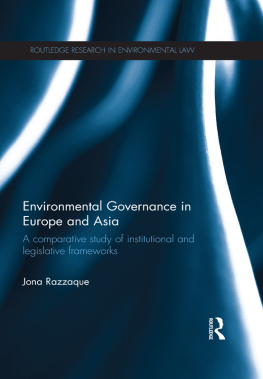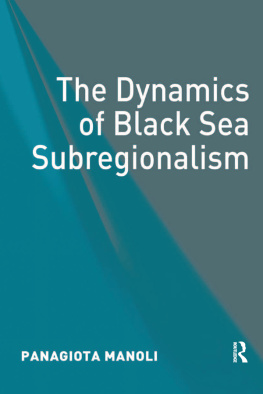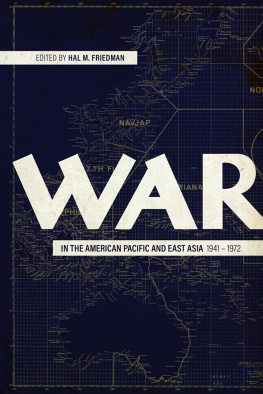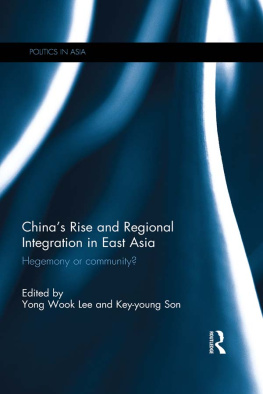Studies from the
International Institute for Asian Studies
LEIDEN AND AMSTERDAM
Edited by
Paul van der Velde, General Editor
EDITORIAL BOARD
Prof. Erik Zrcher, Prof. Wang Gungwu,
Prof. Om Prakash, Prof. Dru Gladney,
Prof. Amiya K. Bagchi
PUBLISHED
HANI-ENGLISH, ENGLISH-HANI DICTIONARY
Paul W. Lewis and Boi Bibo
INDIA AND BEYOND
Edited by Dick van der Meij
DYNAMICS IN PACIFIC ASIA
Edited by Kurt Radtke, JooP Starn, Takuo Akiyama
John Groenewegen and Leo van der Mey
FORTHCOMING
NEW DEVELOPMENTS IN ASIAN STUDIES
Edited by Paul van der Velde and Alex McKay
ASEM: A WINDOW OF OPPORTUNITY
Edited by Wim Stokhof and Paul van der Velde
A CONCISE HISTORY OF DUTCH MAURITIUS 15981710
P. J. Moree
First published in 1998 by
Kegan Paul International
This edition first published in 2010 by
Routledge
2 Park Square, Milton Park, Abingdon, Oxon, OX14 4RN
Simultaneously published in the USA and Canada
by Routledge
711 Third Avenue, New York, NY 10017
Routledge is an imprint of the Taylor & Francis Group, an informa business
International Institute for Asian Studies, 1998
All rights reserved. No part of this book may be reprinted or reproduced or utilised in any form or by any electronic, mechanical, or other means, now known or hereafter invented, including photocopying and recording, or in any information storage or retrieval system, without permission in writing from the publishers.
British Library Cataloguing in Publication Data
A catalogue record for this book is available from the British Library
ISBN 10: 0-7103-0598-2 (hbk)
ISBN 13: 978-0-7103-0598-5 (hbk)
Publisher's Note
The publisher has gone to great lengths to ensure the quality of this reprint but points out that some imperfections in the original copies may be apparent. The publisher has made every effort to contact original copyright holders and would welcome correspondence from those they have been unable to trace.
The writing of this book started in earnest with the establishment of a joint research group that gathered at the Netherlands Institute of Advanced Study (Wassenaar, The Hague) between September 1995 and June 1996. The starting point was the question, to what extent and in what way the new dynamics in (South)east Asia would influence Europe's global position, and more specifically, how these changes should be conceptualized in order to assist in the formulation of new policies to deal with the new international environment. Most contributors to this book would agree that there is ample reason to view these changes as an opportunity for Europe, and not just as a threat. Understanding the structure of new dynamics might become a small contribution leading towards the formulation of better policies. In their joint contribution to this book Marini and Rood argue that this new environment requires the US to be both a European and an Asian power, and to accept the responsibilities which follow from the position of a great or global power. This also applies to Europe. Policy making towards Asia should not focus on Asia in isolation but set against the new global contest in which the rise of new great powers and a multi-polarization of the international system, a regionalization of economic activities and political responsibilities, and a further relative decline of the American capacity and ability to manage the international political and economic system, should be taken into account.
This, in the view of the editors of this book, should likewise become the setting in which European responses to the dynamic developments in (South)east Asia should be deliberated. Any change of global consequence is easily perceived by the existing great powers as a challenge to their current position. The dissipation of traditional power structures symbolized by the rise of new great powers, the simultaneous development of multi-polarization and regionalization, and the reduction of the ability of any (super)power to dominate the international political and economic system exclusively also provide room and opportunity for middle powers such as the governments of a united Europe.
Our joint NIAS research group repeatedly discussed the question whether we should add another book to the by now seemingly unlimited number of tomes devoted to new developments in Asia Pacific, or whether we should limit the visible output of our joint research to individual publications by members of the group. Eventually we opted for the publication of this book, for which we invited contributions from some members of the group as well as several other scholars who participated in the two international conferences we organized in spring 1996 on the political and economic dynamics in (South)east Asia and their consequences for Europe. We were greatly encouraged to commence work on this book by the moral and financial support of the International Institute of Asian Studies (HAS), in particular the director, Prof. dr. Wim Stokhof, and Dr. Paul van de Velde, member of the HAS. This is also the place to express our thanks to Nani Lei Stam who with great enthusiasm took part in editing this book.
In most volumes on Asia-Pacific researchers the theoretical focus is on the traditional mono-disciplinary approach, analyzing events from an economic, political, or cultural perspective. Although we certainly do not deny the validity of this approach, there always remains the danger of underestimating the fact that disciplinary theory is nothing but a tool to dissect one dimension of an essentially multidimensional reality, and confusing the results delivered by these one-dimensional tools with reality itself. Clearly, the time has come to deal with the rather philosophical question how these disparate methods of analyses might be combined to provide a multidimensional understanding of reality. Politicians instinctively understand that their decisions can never be based on economics or politics separately, and this may explain the rather natural inclination of practitioners of power to view academic analysis with some suspicion.
The aim of this volume remains very modest. Each individual contributor took up issues which, like the pieces of a mosaic, would eventually convince the viewer (reader) that behind the scattered pieces lies a more coherent picture to be discovered by the reader himself. The topics for our joint research group have been refined during several international workshops and conferences organized in the Netherlands by members of the joint research group between 1991 and 1996. We did not order members of our research group to tackle a particular aspect of Asia Pacific to fit in with a pre-set analytical framework. To do so, would have ignored a fundamental requirement of scientific research in the social sciences and the humanities, namely, the individual academic responsibility and freedom without which academic research is difficult, if not impossible, to imagine.
Core members of the joint research group and their fields of research were: Takuo Akiyama (Long Term Credit Bank, Tokyo), researching emerging financial markets in Asia; Dr. John Groenewegen (Erasmus University, Rotterdam [EUR]), business networks in Asia; Dr. Leo van der Mey (State University Leiden, [RUL]), models for international and security relations in Asia; Dr. Kurt W. Radtke (RUL), China, Japan and the United States; Dr. Joop Stam (EUR), management and technology transfer in Asia. We also were joined by two short-term visiting researchers, Prof. Nakamura Sato, emeritus professor and dean, Faculty of Economics, Kyoto University (autumn 1995), and Prof. Igarashi Akio, Rikkyo University (Network Pacific Asia) (spring 1996). We are also grateful to the ambassadors to the Hague of China and Japan who joined us in informal and highly informative discussions, the ambassador of the People's Republic of China to the Hague, Mr. Wu Jianmin (28 November 1995), and the ambassador of Japan to the Hague, Mr. Ikeda Tadashi (28 June 1996). We should like to express our deep gratitude to the Netherlands Institute for Advanced Study (NIAS) at Wassenaar, The Hague, which provided an extremely congenial academic environment for our research, in particular to the current Rector, Prof. dr. Wesseling, and the previous Rector, Prof. dr. Van de Kaa whose support was essential in realizing this joint research project. We should also express once more our personal thanks to all the staff members of the institute, and in particular to Mrs. Anneke Vrins who assisted us in the organization of the two conferences mentioned above.


